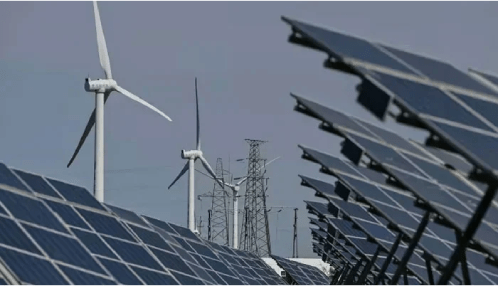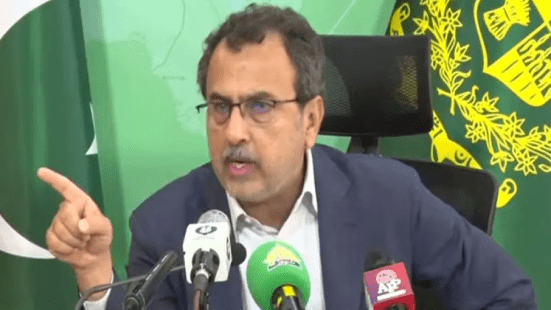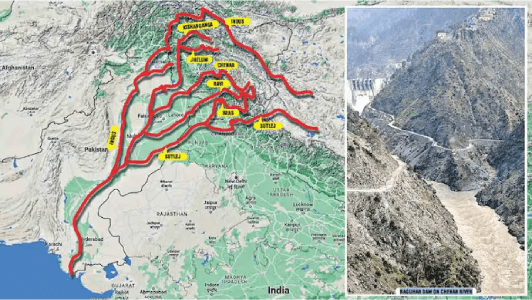Prime Minister Imran Khan while chairing the National Coordination Committee on Housing (NCCH) asked Finance Minister Shaukat Tarin to present a comprehensive plan for providing easy low cost loans to weaker segments of society, including for house building. It is coincidental that the same day the State Bank of Pakistan, the more appropriate entity to deal with commercial banks’ lending to the disadvantaged, a 60 billion rupee collateral-free lending scheme to small and medium enterprises (SMEs) for three years was reported in Business Recorder – a largely unserved sector that accounts for 25 percent of exports and contributes 40 percent to Gross Domestic Product (GDP).
The modalities of the scheme are as follows: provision of refinancing of 60 billion rupees in three years at one percent which would be used by partner banks to extend financing to SMEs at 9 percent thereby providing a spread of 8 percent to banks. While this scheme, unlike others in the past, would be fully supported by banks as their risk would be minimized yet one wonders which SME would be tempted to borrow at this rate which is 2 percent higher than the present discount rate of 7 percent, and much higher than the special rates extended to the export sector.
Commencing from next fiscal year (July 2021) the State Bank of Pakistan (SBP) has calculated the risk sharing by the government due to this scheme at 25.84 billion rupees in four years with the low amount of 7.43 billion rupees till the general elections scheduled to be held in 2023. The SBP in its drive to meet the directives of the Prime Minister has not yet estimated the impact on inflation of this facility though the Ministry of Finance highlighted the limitations that remain a challenge to provision of credit to SMEs notably higher incidence of non-performing loans (NPLs), lack of appropriate lending technology for retail lending, acute information asymmetry, and last but not least the SMEs’ reluctance to operate in the formal sector so that these are not liable to pay taxes or be documented.
The Prime Minister used the NCCH forum to recount his government’s accomplishments in ensuring the poor, the vulnerable and disadvantaged are better targeted than during previous administrations and cited the establishment of panahgahs, the no one will go hungry vans, and the Ehsaas programme (with more than 90 percent of budgeted allocation used for cash disbursements under the Benazir Income Support Programme) as proof positive that his administration’s focus remains on the poor as opposed to the elite. Imran Khan also constantly acknowledges the ‘elite capture’ of Pakistan’s resources (including through extension of export subsidies to the sugar millers) however sadly his pledge that he would break the hold of the elite on this country’s fragile economy has so far not been met.
The task for the Finance Minister is truly stupendous on several fronts. First, he would have to contain the budgeted expenditure in a meaningful way rather than rely as did his predecessor on the G20 debt relief initiative being extended for another year to assist countries like Pakistan struggling with the implications of Covid-19 and freeze salaries of civil and defence personnel (with many groups having successfully launched strike action last year to reverse the freeze). Some unverified reports indicate that pensions may be taxed, however, a better option would be to begin to reform the pension system by making employees contribute towards their pension. Second, Tarin will have to raise revenue and this too is a slow process with the elite, as opposed to the salaried, not paying income taxes based on their actual income. He must focus on enhancing documentation and for the next year or two not compromise documentation just so as to raise total revenue collections. And, finally, one would hope that the SBP as well as other sectors particularly the power sector refrains from announcing policies/schemes with implications on the budget deficit. Tarin has the capacity to deal with all stakeholders – bankers, provincial governments where the PTI is not in power, and the civilian and military establishment – and one would hope that he is allowed the autonomy that he needs to meet the huge challenges he faces to turn the economy around.







